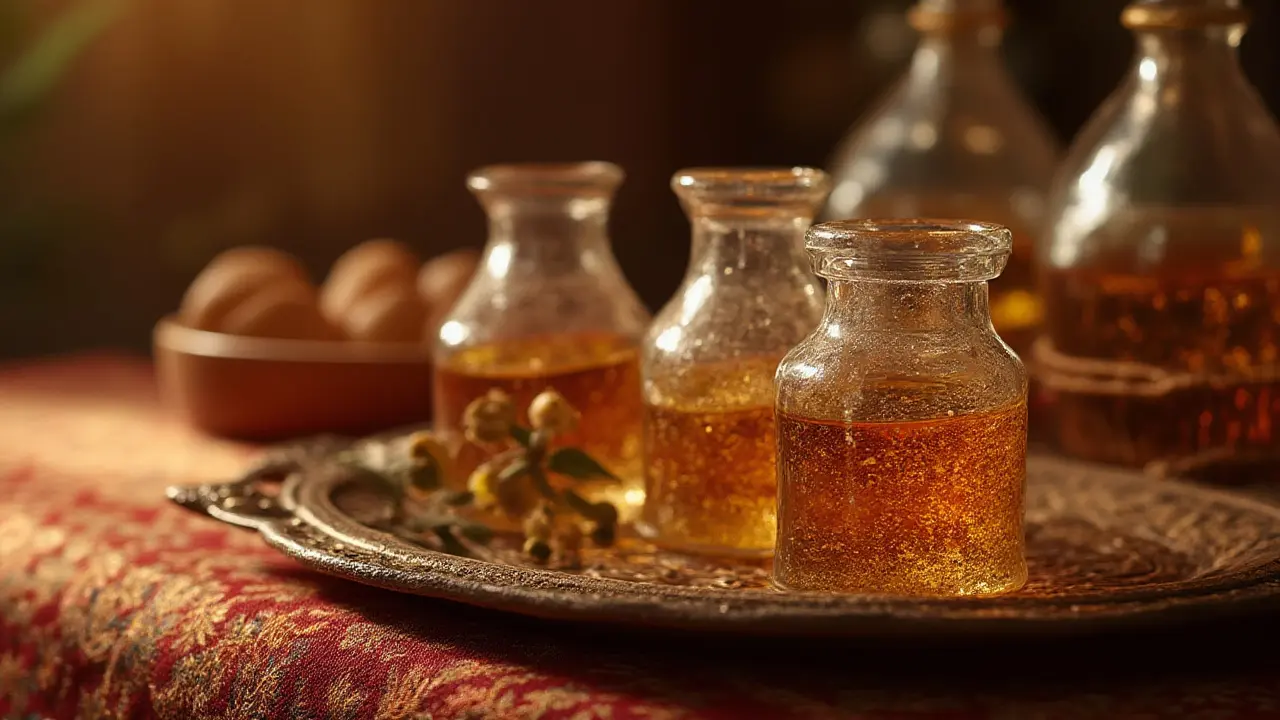Cupping Therapy Dubai: What It Is, How It Works, and Where to Book
If you’ve heard about cupping and wonder if it’s worth a try, you’re not alone. People in Dubai are turning to this ancient technique for muscle relief, better circulation, and a bit of relaxation. In simple terms, cupping uses small glass, silicone, or plastic cups that create suction on the skin. The suction pulls the tissue up, loosening tight muscles and boosting blood flow.
Most first‑timers feel a gentle pulling sensation that turns into a mild pressure. After a few minutes, the skin may redden or show small circular marks – that’s normal and usually fades in a day or two. The goal isn’t to cause pain; it’s to create a mild stretch that helps your body release tension.
How Often Should You Do Cupping?
There’s no one‑size‑fits‑all answer, but a good rule of thumb is to start with one session and see how your body reacts. If you feel better and the marks disappear quickly, many therapists suggest a follow‑up after a week. For chronic issues like back pain or sports injuries, a series of 2‑4 sessions spaced 5‑7 days apart often shows results. Going too often can cause skin irritation, so most experts advise not more than once a week.
Remember, cupping isn’t a miracle cure. It works best when paired with regular stretching, proper hydration, and a balanced diet. If you have a skin condition, are pregnant, or have blood‑clotting problems, talk to a medical professional before booking.
Finding the Right Cupping Therapist in Dubai
Dubai’s spa scene is buzzing with options, but not every place offers quality cupping. Look for clinics that employ licensed therapists with specific training in cupping therapy. A quick check on their website or a phone call can confirm their credentials.
When you call, ask about the type of cups they use – silicone cups are more flexible and comfortable for beginners, while glass cups provide a stronger suction for deeper work. Also, ask about sanitation practices; reusable cups should be sterilized between clients.
Pricing in Dubai varies: a single cupping session can cost anywhere from AED 150 to AED 400, depending on the spa’s location and the therapist’s experience. Many places offer packages that bring the price down per session, which is a smart move if you plan a series of treatments.
Before you book, read recent reviews on Google or social media. Clients often mention the therapist’s bedside manner, the cleanliness of the space, and how quickly the marks fade. A therapist who explains the process, checks your comfort level, and offers after‑care tips is worth the extra bucks.
After your session, keep the treated area clean, avoid hot showers for a few hours, and drink plenty of water. This helps flush out the toxins that the suction releases. If you notice excessive bruising or lingering pain, contact the therapist – most will offer a follow‑up or adjust the next session’s intensity.
Ready to give cupping a try? Start by picking a reputable spa, schedule a short consultation, and set realistic expectations. With the right therapist and a sensible frequency, cupping can become a handy tool in your wellness routine while you enjoy the luxury of Dubai’s spa culture.
Curious about what cupping really pulls out? Get the facts on toxins, bruising, and the ancient science behind this trending spa treatment. No myths, just specifics.

